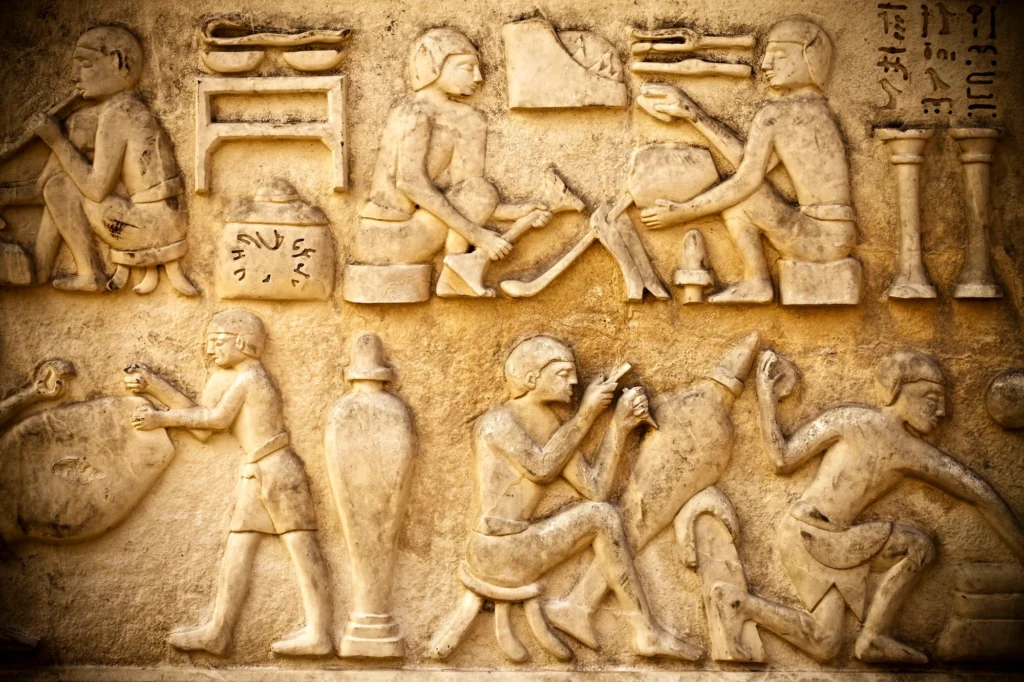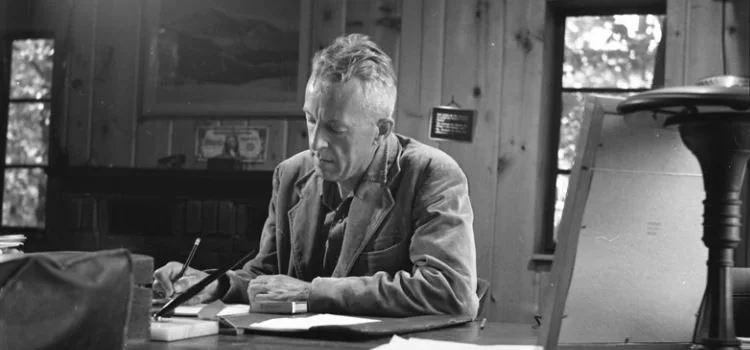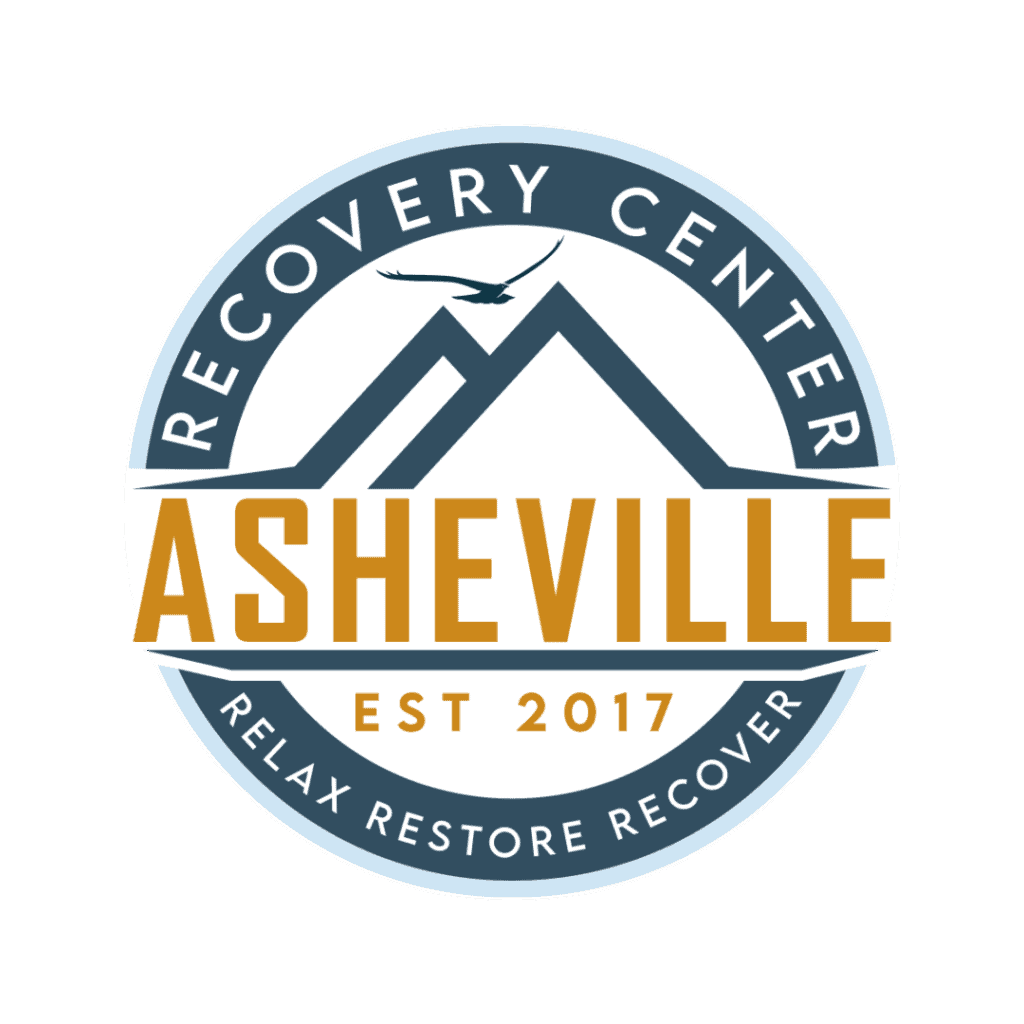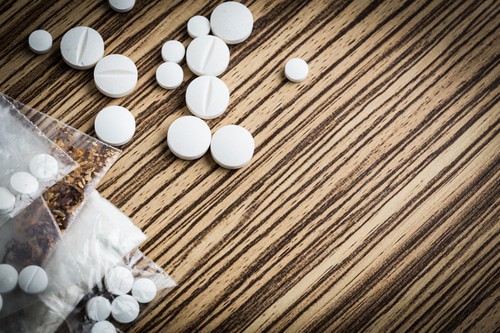Addiction Treatment Through the Years: How Far We’ve Come
For thousands of years, people have struggled with addiction—but the way we understand and treat it has changed dramatically. What once was seen as a moral failure or spiritual curse is now recognized as a complex health condition that deserves compassion, science, and support.
This timeline walks through the history of addiction treatment—from ancient rituals to modern rehab centers—to show just how far we’ve come. Whether you’re seeking help for yourself or someone you love, knowing the history helps you understand why treatment today is more effective, more personalized, and more hopeful than ever before.
Let’s take a look back to see how we got here—and what the future holds.
Jump to Quick Links
Ancient Civilizations (Before 1000 AD)
Addiction wasn’t understood—substance use was often spiritual.
- Alcohol, opium, and cannabis were used in Egypt, Greece, China, and India.
- Substances were used for rituals, medicine, or pleasure.
- Ancient Greek philosopher Hippocrates recognized the risks of overuse.
- Chinese texts warned about the dangers of too much wine and opium.
- No formal “treatment” for addiction—often handled through spiritual or religious healing.

Middle Ages (1000–1500s)
Substance abuse seen as sin or possession.
- Alcoholism was often tied to religious judgment.
- Treatment involved prayer, fasting, or punishment.
- Mental illness and addiction were lumped together and “treated” in monasteries or by exorcism.
- No medical understanding—people with substance issues were often ostracized.

The Enlightenment and Early Medical Views (1600s–1700s)
Shift from religious to moral and philosophical approaches.
- Substance abuse (especially alcohol) viewed as a personal weakness.
- The word “addiction” began appearing in medical and legal texts.
- Physicians started linking alcohol to mental and physical illness.
- Early asylums created—though many were inhumane.

Temperance Movement & Moral Reform (1800s)
Addiction seen as a social and moral crisis.
- Massive rise in alcohol consumption led to backlash.
- Temperance societies formed, advocating total abstinence.
- Opium addiction also grew due to patent medicines.
- Spiritual revival movements offered prayer-based “cures.”
- First addiction-focused hospitals and sanitariums opened in the U.S.

Early 1900s: Medicalization Begins
Addiction enters early psychiatric and medical systems.
- Alcoholics were often institutionalized or jailed.
- Morphine and heroin were used to “treat” opium addiction.
- 1935: Alcoholics Anonymous (AA) founded.
- The disease model of addiction began to take root.
- Rise of early treatment centers and the 12-step model.

Mid 1900s: The Behavioral Era (1950s–1970s)
Addiction framed as a psychological and behavioral issue.
- The AMA declared alcoholism a medical illness in 1956.
- Behavioral therapies like CBT (Cognitive Behavioral Therapy) started to gain traction.
- First federal programs for treatment funding were introduced.
- Synanon (an early rehab community) formed—later criticized for cult-like practices.
- Methadone introduced for opioid treatment.

War on Drugs (1970s–1990s)
Criminalization overtook compassion.
- Nixon’s “War on Drugs” began, increasing incarceration rates.
- Focus on punishment instead of treatment.
- DARE programs and anti-drug campaigns dominated the narrative.
- Some expansion of treatment centers, but stigma remained high.
- Introduction of Narcan and the beginning of MAT (Medication-Assisted Treatment).

The Dual Diagnosis Era (1990s–2010s)
Mental health and addiction finally linked.
- Discovery that many with addiction also had co-occurring disorders.
- Programs began integrating mental health and addiction services.
- Rise of outpatient programs and trauma-informed care.
- Increased use of Suboxone and Vivitrol.
- Harm reduction strategies (like needle exchanges) introduced.

Today: Holistic & Person Centered Care (2010s-2020s)
A new era of hope, science, and recovery.
- Addiction seen as a chronic, treatable condition.
- Treatment includes medical, mental health, social, and spiritual support.
- Rise in MAT, EMDR, trauma therapy, art therapy, and more.
- Focus on individualized treatment plans and long-term support.
- Telehealth and virtual support groups offer new access.
- Opioid epidemic drives innovation and funding for treatment.

The Future of Addiction Treatment (2025 and Beyond)
Science meets compassion in groundbreaking ways.
- AI and digital tracking tools may help predict and prevent relapse.
- Psychedelic-assisted therapy (like ketamine, psilocybin) in clinical trials.
- Continued integration with primary care and mental health systems.
- Expansion of recovery communities, peer support, and destigmatization.
- Focus on whole-person wellness—not just sobriety.

Why This Matters Today
The history of addiction treatment shows us one thing clearly: we’ve come a long way. What was once treated with shame and punishment is now met with science, empathy, and support. If you or someone you love is struggling, help today is more effective—and more human—than ever before.
Reach out to Asheville Recovery Center to start a new chapter in your story.






